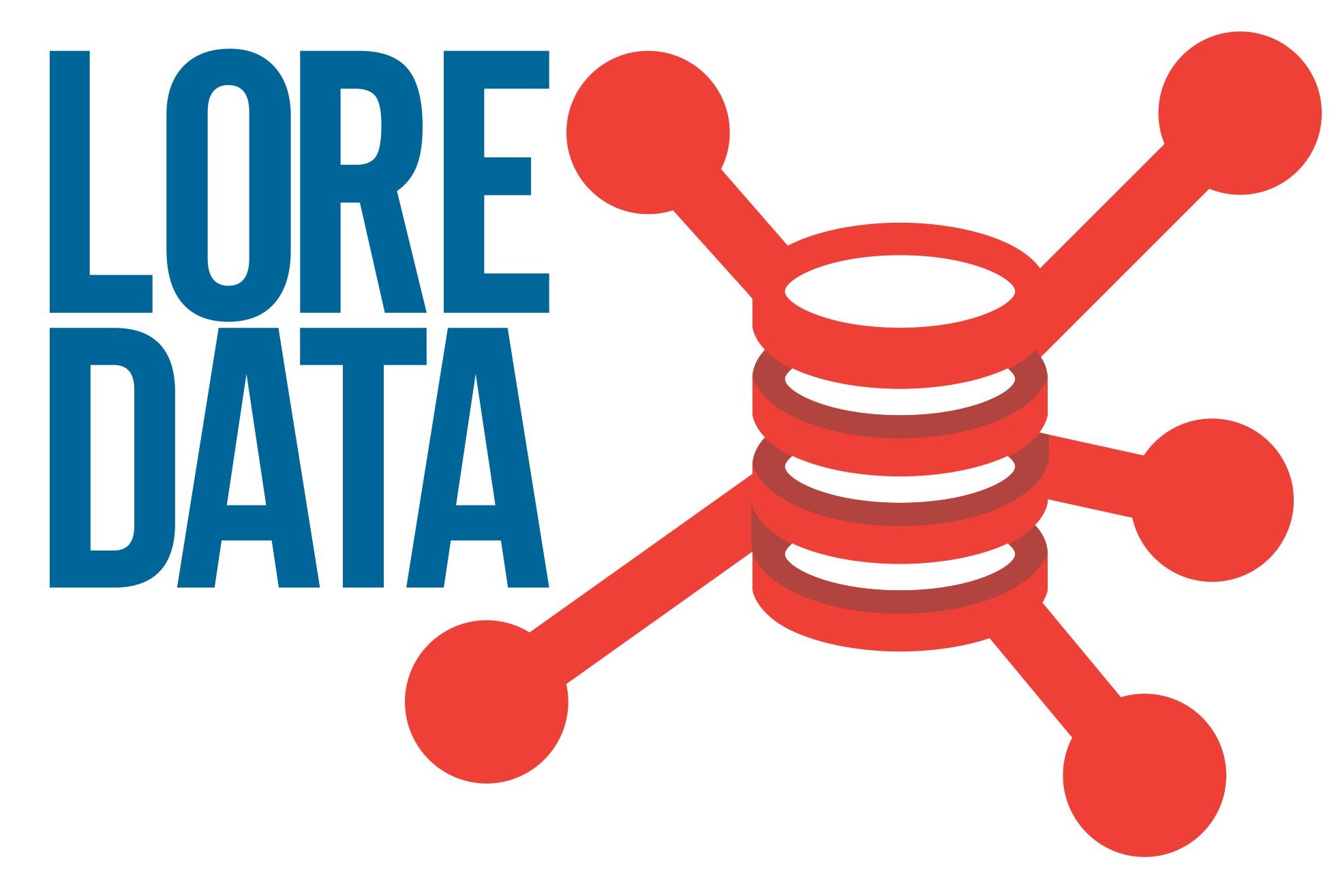Organizations rely on their databases to store critical business data, making it essential to have a reliable backup solution in place. However, as databases grow larger and more complex, ensuring the recoverability of data becomes increasingly challenging. In this blog post, we’ll explore how large corporations overcame these challenges by implementing Oracle Zero Data Loss Recovery Appliance (ZDLRA) to back up their thousands of Oracle databases.
In 2021 and 2022 I had another opportunity to work on some projects where the goal was to guarantee 100% the recoverability of the Oracle databases of the companies. I started working with these clients since the inception of the project and together we defined what was needed in terms of Recovery Point Objective (RPO), Recovery Time Objective (RTO) / Mean Time To Recover (MTTR) and Total Cost of Ownership (TCO) of the proposed solutions.
Those are very large corporations with thousands of Oracle databases across their infrastructure, the clients were looking for a guaranteed and flexible solution to fit all their needs in regards to backing up and restoring their databases. Currently they were using EMC Data Domain and Commvault as their backup solutions, but the backups were having issues almost every week leading to system outages due to the archive log area getting full once backups were stuck. There were backups running for over a week and others hanging/never ending due to the humongous backup queue. The time to recover from a full media failure for one of the major databases was almost two weeks, that without having any concurrency with other backup/restore jobs running at the same time. That was an unacceptable scenario for the business.
With that in mind we started discussions with the current and other vendors.
We went to Commvault, EMC, Netbackup and Oracle. The only vendor that had an exceptional product that would fit all the clients’ needs was Oracle with their Zero Data Loss Recovery Appliance (ZDLRA).
With ZDLRA we were able to complete backups within a satisfying backup window for all databases as well as reduce their size due to the incremental forever and deduplication approach implemented by ZDLRA. We were also able to keep yearly and monthly backups longer due to ZDLRA virtual full backups feature which allowed retaining backups for longer periods without compromising point-in-time recovery (PITR) capabilities.
Last but not least, ZDLRA can protect against ransomware attacks in several ways:
- Immutable Backups: ZDLRA creates immutable backups that cannot be modified, deleted, or overwritten by anyone, including ransomware attackers. This ensures that there is always a clean backup of the data that can be used for recovery.
- Encrypted Backups: ZDLRA can encrypt backups both in-flight and at-rest, providing an additional layer of protection against unauthorized access to the backup data.
- Air Gap Protection: ZDLRA can be configured with an “air gap” between the backup appliance and the production environment, which prevents ransomware from spreading to the backup data. This is achieved by physically disconnecting the backup appliance from the network, or by using a separate network with restricted access.
- Rapid Recovery: In the event of a ransomware attack, ZDLRA can quickly restore the database to a point in time before the attack occurred, minimizing data loss and downtime.
By using ZDLRA for backups, organizations can reduce the risk of data loss and minimize the impact of ransomware attacks. However, it’s important to note that no backup solution can completely eliminate the risk of ransomware attacks, and it’s essential to have a comprehensive security strategy in place to prevent and respond to such attacks.
Backups are an essential component of any organization’s data protection strategy. By implementing Oracle’s ZDLRA, the corporations were able to ensure the recoverability of their thousands of Oracle databases. While there are other backup solutions available, the corporations found that ZDLRA was the best fit for their needs, and were able to stay within their budget while achieving their goals.
See you on my next blog post. You can expect some stuff about ZDLRA here in the future.
Franky



